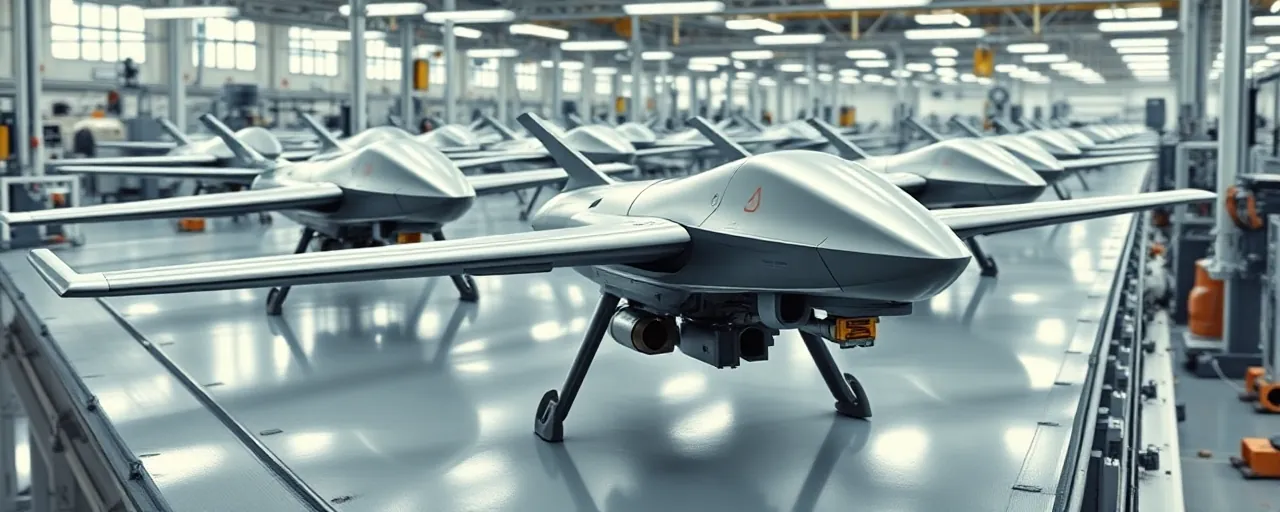A New Battlefield Demands New Thinking
War moves fast these days, and it’s putting pressure on the United States to keep up. Army Gen. Bryan P. Fenton, head of U.S. Special Operations Command, told lawmakers on April 9, 2025, that the nature of conflict has shifted dramatically. Cheap drones costing thousands can now take out multimillion-dollar defenses, flipping the economics of warfare upside down. It’s a stark reality that hit home as he spoke to the House Armed Services Committee’s intelligence and special operations subcommittee, laying bare the stakes for a military stretched thin by global demands.
Fenton’s words landed with weight amid a world where threats don’t wait for budget cycles. From Ukraine’s front lines to rising tensions elsewhere, the U.S. faces a complex web of challenges that Special Operations forces, or Socom, are increasingly called to tackle. Demand for their skills has spiked over 35% in just two years, he said, while flat budgets force tough calls between staying ready and gearing up for what’s next. The question is whether the system behind the gear can adapt as fast as the battlefield does.
The Cost of Moving Too Slow
Fenton didn’t mince words about the Pentagon’s acquisition process. It’s too slow, he argued, built for a time when innovation took years, not days. He pointed to Ukraine, where drones evolve hourly to meet combat needs, as a wake-up call. There, a $10,000 one-way drone can dodge or destroy defenses worth millions, exposing a gap the U.S. can’t ignore. Socom’s current setup, he explained, chugs along at a pace that feels glacial compared to the supersonic speed of modern threats.
The numbers back him up. The Defense Department’s 2025 budget sits at $892.5 billion, with $141 billion for research and new tech, down $7 billion from last year. Yet the average timeline for major acquisitions has crept from 8 to 11 years since 2020, a slog that clashes with the urgency Fenton described. Advocates for reform say the process drowns in red tape, with too many hands slowing decisions. Others, though, warn that rushing risks waste or untested gear, a tension that’s dogged military buying since Cold War reforms tried to streamline it.
Lessons From Ukraine’s Drone Revolution
Ukraine’s war offers a raw look at what fast procurement can do. Since 2022, the country has churned out over a million drones a year, leaning on private companies and decentralized buying to arm its troops fast. Drones now cause up to 70% of casualties there, outpacing artillery in a shift that’s rattled traditional military thinking. Fenton sees it as proof that speed beats deliberation when lives and outcomes hang in the balance, urging a system where operators get what they need without years of approvals.
But it’s not all praise. Ukraine’s approach thrives in chaos, fueled by necessity and a smaller scale. The U.S., with its vast defense network, faces trickier hurdles. Streamlining might cut costs and boost agility, yet some in Congress and the Pentagon argue it could weaken oversight or favor flashy tech over proven tools. Historical attempts at reform, like the 1980s Packard Commission, cut fat but didn’t fully solve the puzzle. Today’s push, including a new executive order from President Donald Trump to prioritize commercial solutions, aims to bridge that gap.
Rethinking the Money and the Process
Fenton pitched practical fixes to lawmakers. Simplify the requirements chain, he said, letting operators and commanders drive decisions with fewer middlemen. He also called for flexibility in funding, where rigid lines between maintenance, research, and procurement often tie hands. Merging those into fewer streams could unlock faster buys, he argued, alongside longer contracts stretching five to ten years to match tech’s evolution. It’s a bid to align dollars with the breakneck pace of threats.
The idea’s got traction but isn’t without pushback. Defense Secretary Pete Hegseth’s plan to shift $50 billion and trim staff signals openness to change, yet Senate calls for a $150 billion boost by 2026 show appetite for bigger spending over leaner systems. Past budget battles, from World War II’s all-in mobilization to today’s GDP debates, highlight the tug-of-war between readiness and reform. Fenton’s vision hinges on execution, not just intent, and that’s where the real test lies.
What’s at Stake if Nothing Changes
The risks of standing still are real. Special Operations forces, built for agility, now juggle counterterrorism, hybrid threats, and big-power rivalries with tools that lag behind. Drones and AI are rewriting warfare, and Socom’s edge depends on keeping up. Fenton’s plea reflects a broader worry: a system too sluggish to pivot leaves troops vulnerable and taxpayers footing bills for yesterday’s solutions. Ukraine’s losses, like 19 of 31 Abrams tanks to cheap drones, hammer that home.
Yet change isn’t a straight shot. Faster buying could spark innovation, integrating drones or AI analytics into Socom’s kit, but it demands balance. Overhauls from the DoD’s 2025 reform plan promise agility, yet timelines still stretch. Lawmakers and military brass will weigh Fenton’s ideas against fiscal reality and battlefield needs, a debate that’s less about if and more about how far, how fast.
